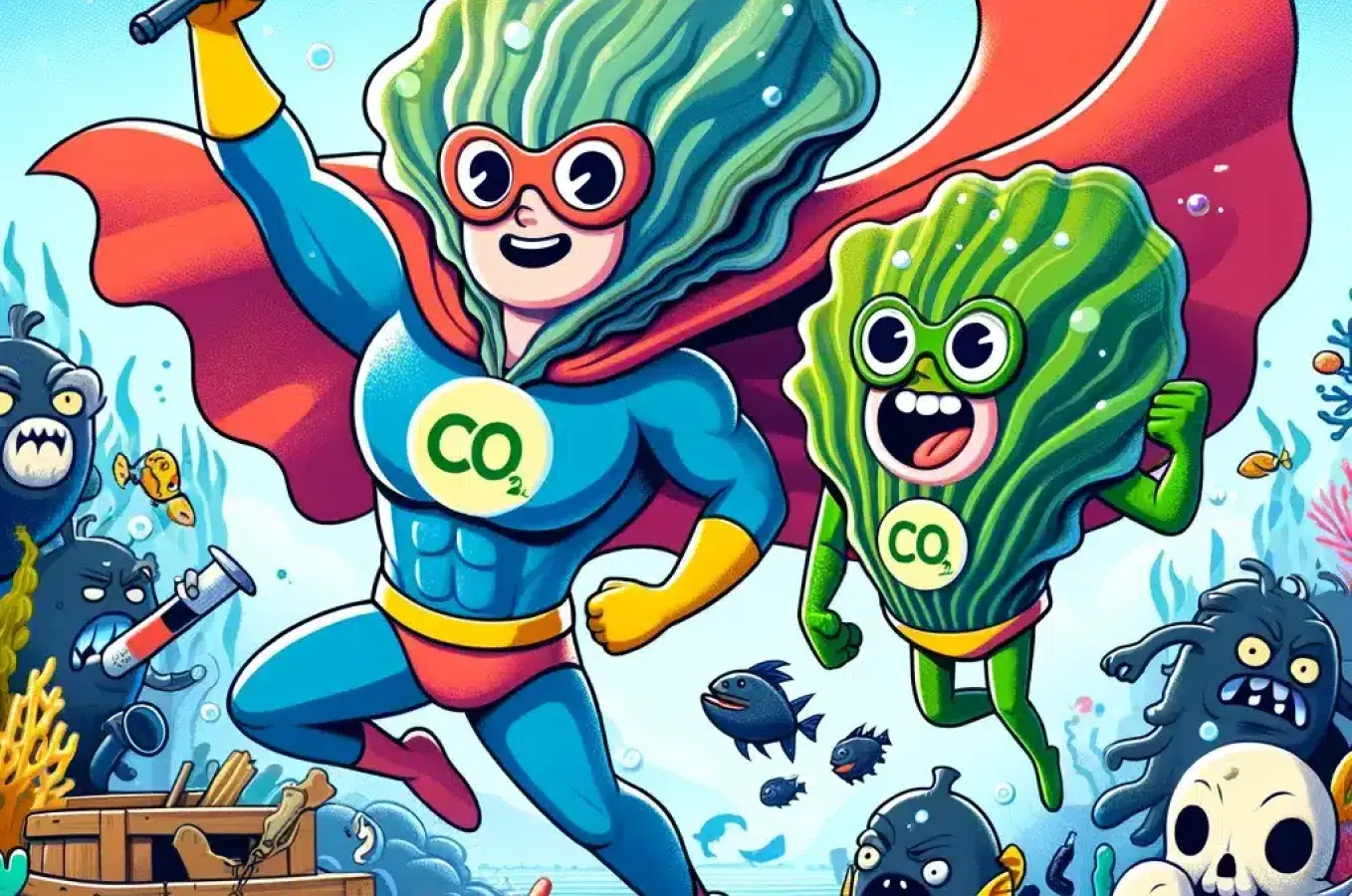In the battle against climate change, the Chesapeake Bay is home to two unlikely heroes: oysters and sea grass. Often overshadowed by larger-scale conservation efforts, these vital components of the bay’s ecosystem play a significant role in CO2 sequestration, helping to mitigate the impacts of climate change. Let’s dive into how these small but mighty forces of nature contribute to a healthier planet.
OYSTERS: THE NATURAL WATER FILTERS
Oysters are more than just a culinary delight; they are environmental powerhouses. Each oyster can filter up to 50 gallons of water per day, removing pollutants, including nitrogen, phosphorus, and even carbon dioxide. This filtration process not only improves water quality but also enhances the conditions necessary for other vital carbon-sequestering processes to occur.
Carbon Sequestration Through Shell Formation
Oysters contribute to carbon sequestration through their shells. Composed primarily of calcium carbonate, oyster shells store carbon that would otherwise be released into the atmosphere. As oyster reefs grow, they not only provide habitat for a variety of marine life but also lock away carbon in a stable form, effectively removing it from the carbon cycle for extended periods.
SEA GRASS: THE UNDERWATER CARBON SINK
SYNERGY IN THE ECOSYSTEM
CONCLUSION
Oysters and sea grass in the Chesapeake Bay are more than just components of a vibrant ecosystem; they are essential allies in the fight against climate change. Their ability to sequester CO2, improve water quality, and support biodiversity makes them invaluable. As we continue to face the challenges of a changing climate, the restoration and conservation of these habitats offer a glimmer of hope, demonstrating the power of nature to heal itself and help stabilize our planet’s climate.
